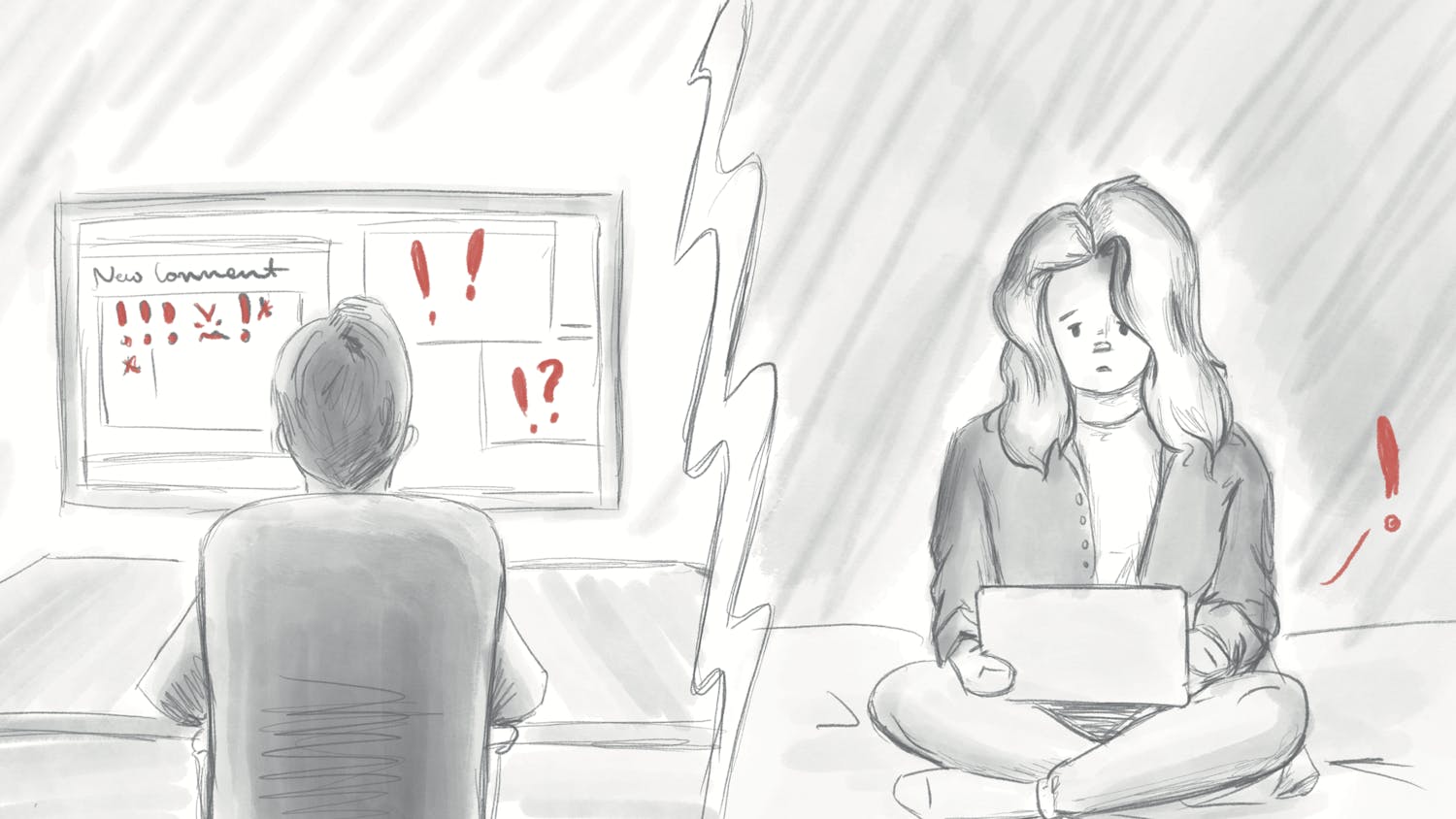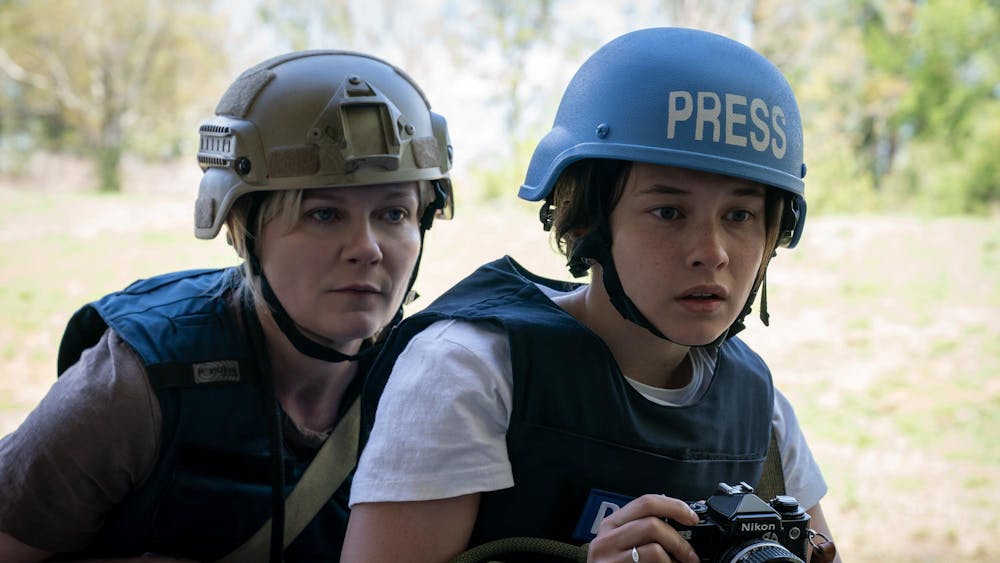As a token member of the millennial generation, I believe representation matters for everyone, and literature is a medium that can’t be left out of that philosophy.
Some of the most crucial lessons from my childhood were learned through the protagonists of my favorite stories and the lives they led.
As I’ve grown up, I’ve stopped taking every word Nancy Drew said so seriously, but I can still easily list nine or ten female main characters that taught me some sort of lesson, no matter where their stories took them.
Why is it, then, that literature aimed primarily at women, or “chick lit,” has a definite stigma surrounding it?
I didn’t need to do any research to know the genre name has a negative connotation and the often bright-colored, gaudy book covers are stuck on their own shelf in Barnes & Noble, far away from the memoirs and sports novels.
Chick lit generally has women as its primary audience and is consequently a story following a woman or group of women.
Now, I’m confused about the negative connotation, because stories about women, written by a woman, for an audience of women, sound amazing.
Some argue the genre earned this reputation because the stories are all fluff.
Wrong.
Women’s literature, which I think is a better name for this genre, encompasses subjects from domestic violence to coming of age, from romance to divorce.
These serious subjects are important and a reality that many women experience; from my experience reading about things that have happened in my life, I can imagine that reading about them even in a fictional context can be comforting to some women.
So while I think these heavier topics are ones that should be given more credit in chick lit, I can’t ignore the overwhelming presence of books centering on romance in the genre.
Don’t get me wrong, this is not said begrudgingly: romance is another essential part of most women’s lives and deserves to be covered in both serious and humorous lights.
“Bridget Jones’s Diary,” one of my all time favorite books, is both an adaptation of Jane Austen’s “Pride & Prejudice” (Austen is the OG chick lit author) and a chronicle of the ups and downs of one woman’s love life over the course of a year.
On the other hand, could we consider “Gone Girl” chick lit? It meets all the criteria – it has a female author, the central character is a woman and it focuses on important events in her life, chiefly her relationship with her husband.
Expanding your view of the chick lit genre as more than feel-good tales of romance and wine-drinking women is crucial to understanding women’s literature as a whole.
We deserve to read about what is relevant and familiar to us, and that shouldn’t qualify as inferior literature.





